BUPRENORPHINE - SUBLINGUAL
PHONETIC PRONUNCIATION: (BUE-pre-NOR-feen)
COMMON BRAND NAME(S): Subutex
GENERIC NAME(S): buprenorphine HCl
Uses
USES: Buprenorphine is used to treat dependence/addiction to opioids (narcotics). Buprenorphine belongs to a class of drugs called mixed opioid agonist-antagonists. It helps prevent withdrawal symptoms caused by stopping other opioids. It is used as part of a complete treatment program for drug abuse (such as compliance monitoring, counseling, behavioral contract, lifestyle changes).
How to use BUPRENORPHINE - SUBLINGUAL
HOW TO USE: Read the Medication Guide provided by your pharmacist before you start using sublingual buprenorphine and each time you get a refill. If you have any questions, ask your doctor or pharmacist. Use this medication as directed by your doctor, usually once daily. Place the medication under your tongue for 5 to 10 minutes and let it dissolve completely. If you are prescribed more than one tablet each day, you may place all of the tablets under your tongue at once or place two tablets at a time under your tongue. Do not swallow or chew this medication. It will not work as well. Buprenorphine alone is usually used for the first 2 days after you have stopped all other opioids. It is usually given in your doctor's office. Your doctor will then switch you to the combination buprenorphine/naloxone medication for maintenance treatment. The combination with naloxone works the same way as buprenorphine alone to prevent withdrawal symptoms. It is combined with naloxone to prevent misuse (injection) of the medication. Buprenorphine works best when the first dose is started after signs of opioid withdrawal have begun. Buprenorphine can cause withdrawal symptoms if started too soon after your last opioid use. Follow your doctor's instructions for your treatment plan. The dosage is based on your medical condition and response to treatment. Do not increase your dose, take the medication more frequently, or take it for a longer time than prescribed. Properly stop the medication when so directed. Use this medication regularly in order to get the most benefit from it. To help you remember, use it at the same time each day. This medication may cause withdrawal reactions, especially if it has been used regularly for a long time or in high doses. In such cases, withdrawal symptoms (such as restlessness, watering eyes, runny nose, nausea, sweating, muscle aches) may occur if you suddenly stop using this medication. To prevent withdrawal reactions, your doctor may reduce your dose gradually. Consult your doctor or pharmacist for more details, and report any withdrawal reactions right away. Do not inject ("shoot up") buprenorphine. Injecting it is dangerous and may cause severe withdrawal symptoms (see Side Effects section). Consult your doctor or pharmacist for more details. Tell your doctor right away if you experience any withdrawal reactions.
Side Effects
Precautions
Interactions
Overdose
Images
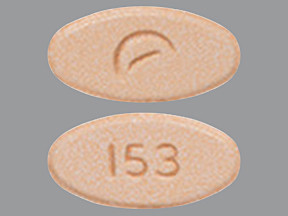
- color
- orange
- shape
- oblong
- imprint
- logo, 153

- color
- orange
- shape
- oblong
- imprint
- logo, 156
Reviews
Faq for BUPRENORPHINE - SUBLINGUAL
Buprenorphine Sublingual is a medication that is used to treat opioid dependence. It is a sublingual tablet that is placed under the tongue and allowed to dissolve.
Buprenorphine Sublingual works by binding to the same opioid receptors in the brain that are targeted by other opioids, such as heroin or prescription painkillers. However, it has a lower risk for abuse and produces less euphoria, helping individuals manage withdrawal symptoms and cravings.
Buprenorphine Sublingual is primarily used for the treatment of opioid dependence. It is prescribed as part of a comprehensive treatment program that includes counseling and other support services.
While Buprenorphine Sublingual itself can be habit-forming, it has a lower potential for abuse compared to other opioids. It is designed to help individuals wean off more addictive opioids and manage their addiction more effectively.
Common side effects of Buprenorphine Sublingual may include constipation, nausea, headache, dizziness, sweating, insomnia, and dry mouth. These side effects are usually mild and go away over time.
No, Buprenorphine Sublingual is a prescription medication and cannot be obtained over-the-counter. It must be prescribed by a healthcare professional and used under their supervision.
The duration of action of Buprenorphine Sublingual can vary depending on factors such as the individual's metabolism, dose, and frequency of use. Generally, it can be detected in urine for up to 3 days.
Buprenorphine Sublingual is generally considered safe to use during pregnancy under medical supervision. It can help manage opioid dependence and reduce the risk of withdrawal symptoms for both the mother and the unborn baby.
Buprenorphine Sublingual can interact with certain medications, including benzodiazepines and other opioids. It is important to inform your healthcare provider about all the medications you are taking to avoid any potential drug interactions.
Disclaimer
IMPORTANT: HOW TO USE THIS INFORMATION: This is a summary and does NOT have all possible information about this product. This information does not assure that this product is safe, effective, or appropriate for you. This information is not individual medical advice and does not substitute for the advice of your health care professional. Always ask your health care professional for complete information about this product and your specific health needs.
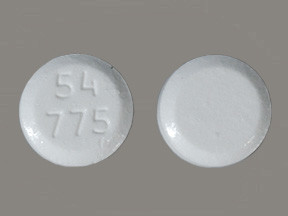
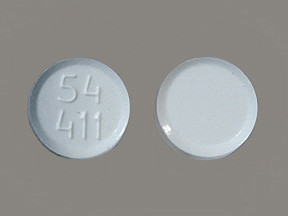
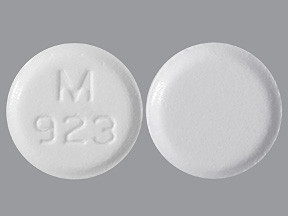
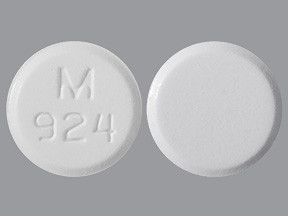

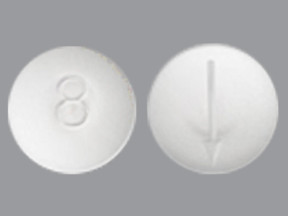
For Addiction & pain:
By Tom on 22 Oct, 2020
For Opioid addiction:
By Brittney on 25 Mar, 2023
For : This is the only buprenorphine tablet that doesn't make me nauseated every other formula uses too much filler or something? These are small, dissolve nicely, and taste good compared to the others. I highly recommend
By S.C on 11 Apr, 2023
For :
By Kat on 08 May, 2023
For addiction/pain: Ive been taking this brand for 7 years and they worked great the whole time. They dont taste bad or like chemicals like the others, They are 1/5 the size of every other brand out there which tells me the other brands are mostly fillers, and they actually work compared to the two other brands ive had to try recently . The other brands have made me so sick since akorn is now closed and now that these arent available anymore, my quality of life is extremely low because its hard to get out of bed .I really hope they sell their formula to someone. I guarantee they went bankrupt because they actually put medication in their medication and the other companies keep skimping and putting fillers in to save money so of course those companies stay in business.
By Rene on 16 May, 2023
For : Ive had countless generic brands of this medicine and this brand is the like taking nothing at alll. If you also have them , i wish you the best of luck being sick an hour after your dose. Pharmacies need to Avoid these at all costs !!!
By Bmurph on 14 Jun, 2024
For : Yes thought was magnesium glad to know it wasn't.
By Tut on 30 Jun, 2024